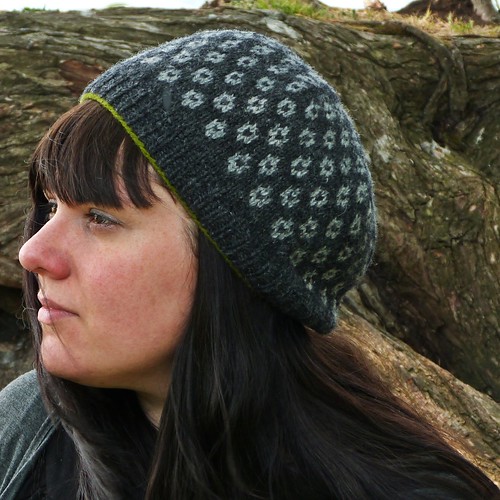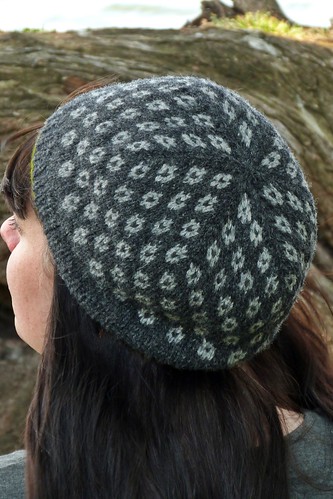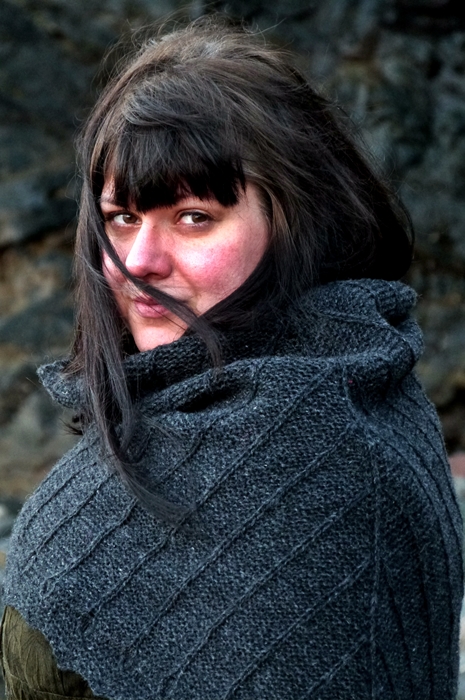 The Vedbaek shawl is the latest pattern from my Doggerland collection. Vedbaek is also one of my favourite things I have ever designed.
When I began designing the Vedbaek shawl, I started by reading a lot about the Mesolithic finds of Bøgebakken, a site within the small seaside town of Vedbæk, Denmark. Between 1987 and 1990 more than 79.000 Mesolithic artefacts were found in a small contained area.The finds spoke more of a community than any other Mesolithic site I had read about up to that point.
The Vedbaek shawl is the latest pattern from my Doggerland collection. Vedbaek is also one of my favourite things I have ever designed.
When I began designing the Vedbaek shawl, I started by reading a lot about the Mesolithic finds of Bøgebakken, a site within the small seaside town of Vedbæk, Denmark. Between 1987 and 1990 more than 79.000 Mesolithic artefacts were found in a small contained area.The finds spoke more of a community than any other Mesolithic site I had read about up to that point.
And so I wanted to design something that spoke of people whose lives were inextricably tied to the sea and the rhythms of nature. People whose lives had a rhythm tied to seasons and a specific landscape. I also sought to design something that had a meditative rhythm to its own construction - something that would give comfort both while it was being made and afterwards.
Vedbaek is a story of continuity. It is also a story of making sense of life and carving out a space within everyday life.
One of the most poignant stories uncovered by the archaeologists was the one of the mother and child found sharing one of the graves on site. The mother was young - maybe no more than eighteen years old - and had died in childbirth. Her new-born baby had been placed right next to her. The mother had been adorned with snail shells and animal teeth; the baby was resting on a swan's wing.
That image of a swan's wing offering comfort captured me. It is a powerful image. We will never know what a swan's wing meant to Mesolithic man, but we can imagine words like flight, preciousness, grace, and (as anybody will know if they have disturbed a nesting swan) protectiveness.
The Vedbaek shawl is the end result of that design process. It has long, deep ridges that end in elongated points. I thought of spears used to capture fish and I thought of flint arrowheads secured to long, thin reeds. I also wanted to capture that wonderful, affecting image of the swan's wing. I wanted to make something with the weightlessness, grace, and beauty as the single swan's wing cradling something lost, something precious. 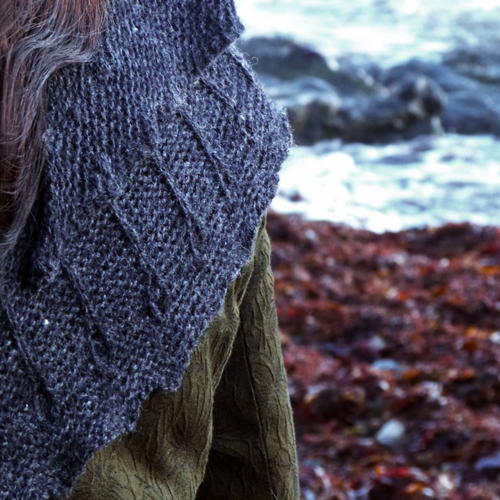
I knitted Vedbaek in Snældan 2ply (which is actually a 4ply) and I used almost 2 skeins of it. The yarn is lofty and soft (particularly when blocked) and the shawl is big, yet lightweight. Absolutely perfect.
It has been a long time reaching this point of finally release Vedbaek. I feel it is a bit ironic that my own life fell short of its own internal rhythms and comforts to the point where I could not release a pattern which is intrinsically about framework, rituals, rhythms, and solace. But we all muddle through somehow, don't we? Life takes its own quirky detours and I did have a beautiful shawl to wrap around my shoulders when life got cold.
I like telling stories through stitches.Vedbaek holds so many of them - both deliberately and accidentally.
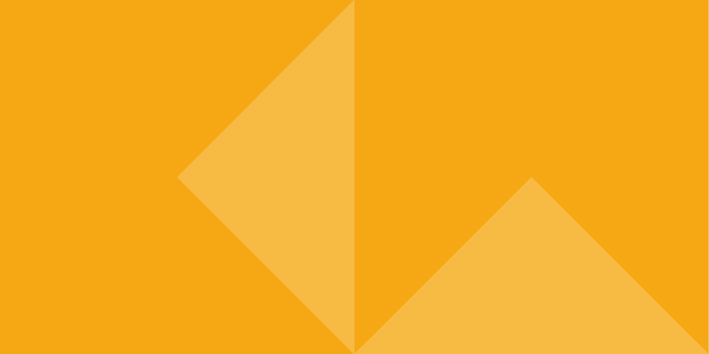
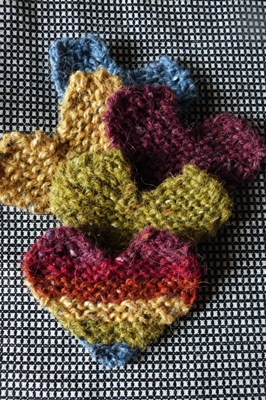
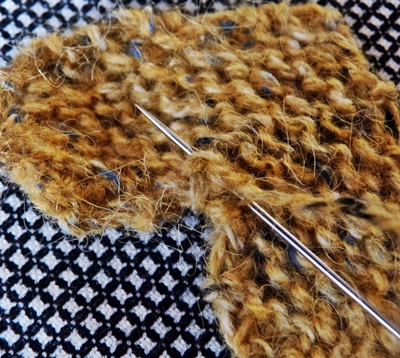


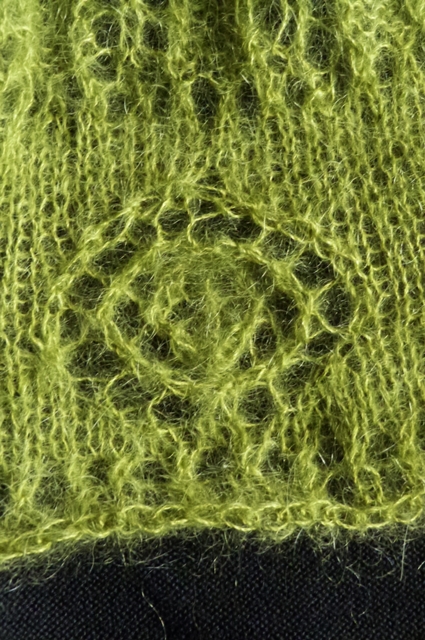
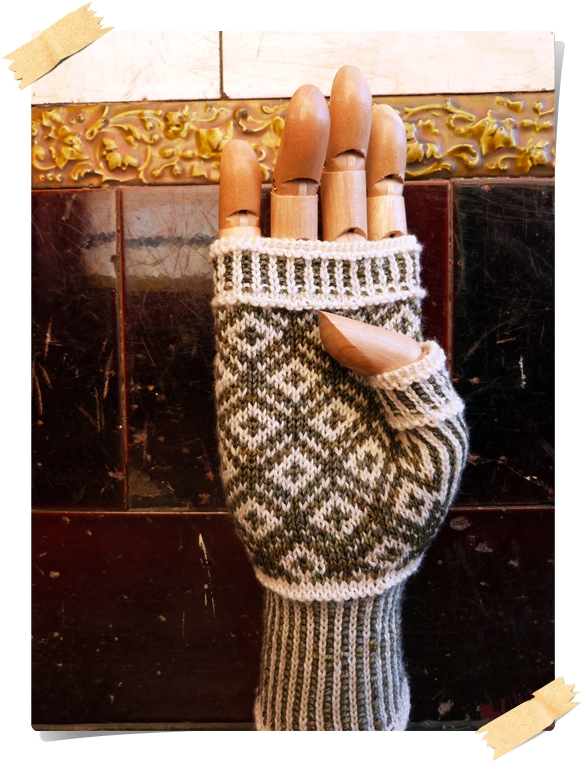 The Tenement Tiles pattern is inspired by the late 19th century tiles found throughout the Victorian apartment blocks ("tenements") in Glasgow. The pattern booklet includes a small essay about the tiles and Glasgow - the story of the tenement tiles is absolutely fascinating (it involves both cholera and false teeth!) and I have also included photographs of some of the tiles in my neighbourhood.
The Tenement Tiles pattern is inspired by the late 19th century tiles found throughout the Victorian apartment blocks ("tenements") in Glasgow. The pattern booklet includes a small essay about the tiles and Glasgow - the story of the tenement tiles is absolutely fascinating (it involves both cholera and false teeth!) and I have also included photographs of some of the tiles in my neighbourhood.

